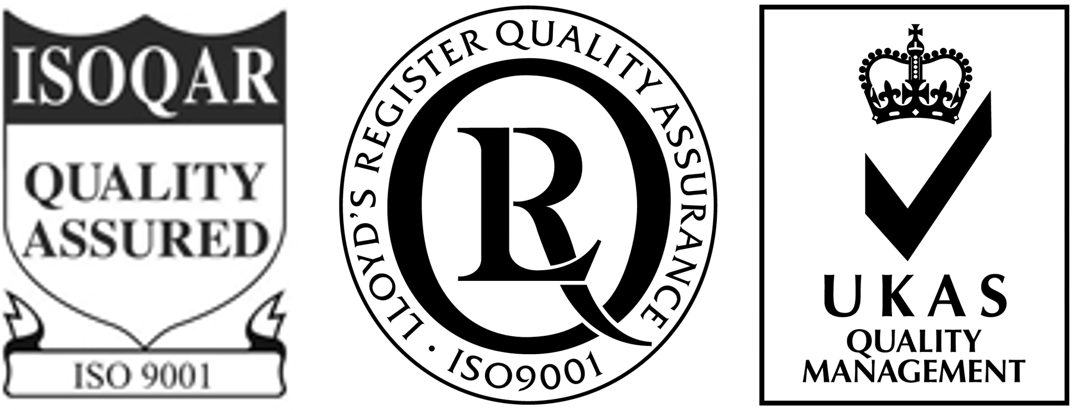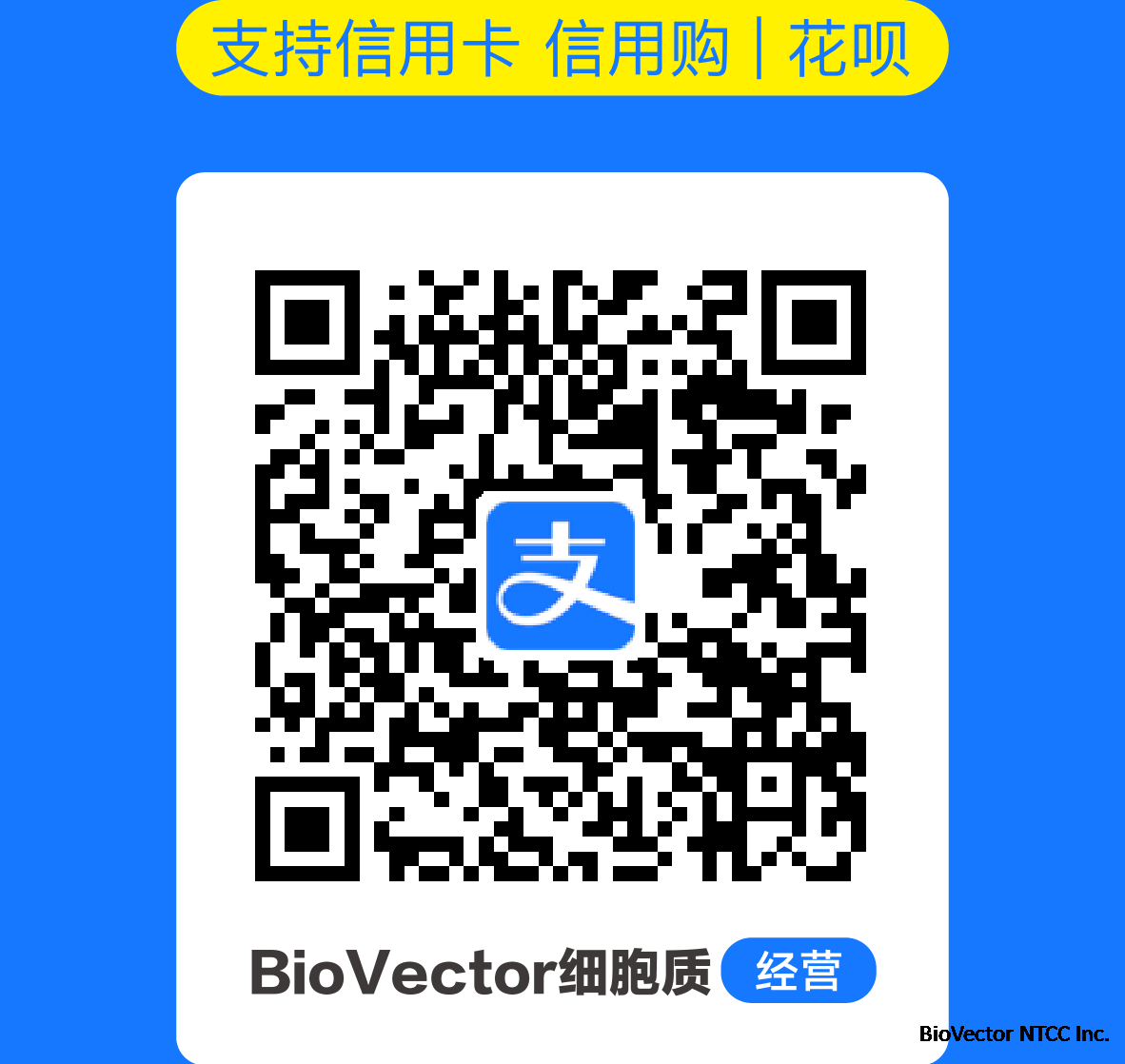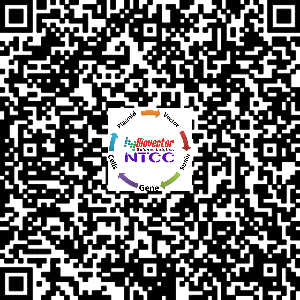Mouse Neurons-striatal (MN-s) Cells细胞 BioVector NTCC质粒载体菌种细胞基因保藏中心
- 价 格:¥39865
- 货 号:pMarA transposon-delivery plasmid枯草芽孢杆菌转座子载体质粒
- 产 地:北京
- BioVector NTCC典型培养物保藏中心
- 联系人:Dr.Xu, Biovector NTCC Inc.
电话:400-800-2947 工作QQ:1843439339 (微信同号)
邮件:Biovector@163.com
手机:18901268599
地址:北京
- 已注册
Mouse Neurons-striatal (MN-s) Cells细胞 BioVector NTCC质粒载体菌种细胞基因保藏中心
Cell Specification
The tissue of the central nervous system is made up of two classes of cells that may be broadly
categorized as neurons and glia. Neurons are anatomic, functional, and trophic units of the brain
[1]. Despite great variability in size and shape, all neurons share common morphological
features, the key elements of a highly complex communication network. Neurons are
dynamically polarized cells that serve as the major signaling unit of the nervous system.
MN-s from BioVector NTCC Laboratories are isolated from embryonic day 14 mouse
striatum. MN-s are cryopreserved as primary cultures and delivered frozen. Each vial contains
>1 x 106 cells in 1 ml volume. MN-s are characterized by immunofluorescence with antibodies
specific to neurofilament, MAP2, and β-tubulin III. MN-s are negative for mycoplasma, bacteria,
yeast, and fungi. MN-s are guaranteed to further culture under the conditions provided by
BioVector NTCC Laboratories; however, MN-s are not recommended for expanding or longterm
cultures since the cells do not proliferate in culture.
Recommended Medium
It is recommended to use Neuronal Medium for culturing MN-s in vitro.
Product Use
MN-s are for research use only. They are not approved for human or animal use, or for
application in in vitro diagnostic procedures.
References
[1] Parent A. (1996) “Neurons.” In Carpenter's Human Neuroanatomy (9th ed., pp131-198). Quebec: Williams &
Wilkins.
[2] Alberts B, Bray D, Lewis J, Raff M, Roberts M, Watson JD. (1989) Molecular Biology of the Cell (2nd ed.).
New York: Garland.
Instructions for culturing cells
Caution: Cryopreserved cells are very delicate. Thaw the vial in a 37oC water bath
and return the cells to culture as quickly as possible with minimal handling!
Initiating the culture:
1. Prepare a poly-L-lysine-coated culture vessel (2 μg/cm2
). It is recommended to use a T-25 flask (alternatively, 3 wells of a 6-well plate or 12 wells of a 24-well plate can be used).
Add 5 ml of sterile water to a T-25 flask and then add 5 μl of poly-L-lysine stock solution (10 mg/ml). Leave the vessel in a 37oC incubator overnight (or for a minimum of one hour). Rinse the poly-L-lysine-coated vessel twice with sterile water prior to use.
Note: It is important that these cells are plated in poly-L-lysine-coated culture vessels to promote cell attachment.
2. Prepare complete medium. Decontaminate the external surfaces of medium bottle and
medium supplement tubes with 70% ethanol and transfer them to a sterile field.
Aseptically transfer supplement to the basal medium with a pipette. Rinse the supplement
tube with medium to recover the entire volume.
3. Add complete medium to the culture vessel. Leave the vessel in the sterile field and
proceed to thaw the cryopreserved cells.
4. Place the frozen vial in a 37oC water bath. Hold and rotate the vial gently until the
contents completely thaw. Promptly remove the vial from the water bath, wipe it down
with 70% ethanol, and transfer it to the sterile field. Carefully remove the cap without
touching the interior threads.
5. Gently resuspend and dispense the contents of the vial into the poly-L-lysine-coated
culture vessel. A seeding density of 10,000-50,000 cells/cm2
is recommended, with an optimal range of 20,000-25,000 cells/cm2
.
Note: Dilution and centrifugation of cells after thawing are not recommended since these
actions are more harmful to the cells than the effect of residual DMSO in the culture.
6. Replace the cap or lid of the culture vessel and gently rock the vessel to distribute the
cells evenly. Loosen cap, if necessary, to allow gas exchange.
7. Return the culture vessel to the incubator.
8. For best results, do not disturb the culture for at least 16 hours after the culture has been
initiated. Refresh culture medium the next day to remove residual DMSO and unattached
cells, then every other day thereafter.
Maintaining the culture:
1. Refresh supplemented culture medium the next morning after establishing a culture from
cryopreserved cells.
2. Change the medium every two to three days thereafter.
It is not recommended that neurons be subcultured beyond their initial plating.
Caution: Handling animal-derived products is potentially biohazardous. Always wear gloves
and safety glasses when working with these materials. Never mouth pipette. We recommend
following the universal procedures for handling products of human origin as the minimum
precaution against contamination [1].
[1] Grizzle WE, Polt S. (1988) “Guidelines to avoid personal contamination by infective agents in research
laboratories that use human tissues.” J Tissue Cult Methods. 11: 191-9.
【Supplier来源】BioVector NTCC Inc.
TEL:+86-010-53513060
【Website网址】 http://www.biovector.net
Cell Specification
The tissue of the central nervous system is made up of two classes of cells that may be broadly
categorized as neurons and glia. Neurons are anatomic, functional, and trophic units of the brain
[1]. Despite great variability in size and shape, all neurons share common morphological
features, the key elements of a highly complex communication network. Neurons are
dynamically polarized cells that serve as the major signaling unit of the nervous system.
MN-s from BioVector NTCC Laboratories are isolated from embryonic day 14 mouse
striatum. MN-s are cryopreserved as primary cultures and delivered frozen. Each vial contains
>1 x 106 cells in 1 ml volume. MN-s are characterized by immunofluorescence with antibodies
specific to neurofilament, MAP2, and β-tubulin III. MN-s are negative for mycoplasma, bacteria,
yeast, and fungi. MN-s are guaranteed to further culture under the conditions provided by
BioVector NTCC Laboratories; however, MN-s are not recommended for expanding or longterm
cultures since the cells do not proliferate in culture.
Recommended Medium
It is recommended to use Neuronal Medium for culturing MN-s in vitro.
Product Use
MN-s are for research use only. They are not approved for human or animal use, or for
application in in vitro diagnostic procedures.
References
[1] Parent A. (1996) “Neurons.” In Carpenter's Human Neuroanatomy (9th ed., pp131-198). Quebec: Williams &
Wilkins.
[2] Alberts B, Bray D, Lewis J, Raff M, Roberts M, Watson JD. (1989) Molecular Biology of the Cell (2nd ed.).
New York: Garland.
Instructions for culturing cells
Caution: Cryopreserved cells are very delicate. Thaw the vial in a 37oC water bath
and return the cells to culture as quickly as possible with minimal handling!
Initiating the culture:
1. Prepare a poly-L-lysine-coated culture vessel (2 μg/cm2
). It is recommended to use a T-25 flask (alternatively, 3 wells of a 6-well plate or 12 wells of a 24-well plate can be used).
Add 5 ml of sterile water to a T-25 flask and then add 5 μl of poly-L-lysine stock solution (10 mg/ml). Leave the vessel in a 37oC incubator overnight (or for a minimum of one hour). Rinse the poly-L-lysine-coated vessel twice with sterile water prior to use.
Note: It is important that these cells are plated in poly-L-lysine-coated culture vessels to promote cell attachment.
2. Prepare complete medium. Decontaminate the external surfaces of medium bottle and
medium supplement tubes with 70% ethanol and transfer them to a sterile field.
Aseptically transfer supplement to the basal medium with a pipette. Rinse the supplement
tube with medium to recover the entire volume.
3. Add complete medium to the culture vessel. Leave the vessel in the sterile field and
proceed to thaw the cryopreserved cells.
4. Place the frozen vial in a 37oC water bath. Hold and rotate the vial gently until the
contents completely thaw. Promptly remove the vial from the water bath, wipe it down
with 70% ethanol, and transfer it to the sterile field. Carefully remove the cap without
touching the interior threads.
5. Gently resuspend and dispense the contents of the vial into the poly-L-lysine-coated
culture vessel. A seeding density of 10,000-50,000 cells/cm2
is recommended, with an optimal range of 20,000-25,000 cells/cm2
.
Note: Dilution and centrifugation of cells after thawing are not recommended since these
actions are more harmful to the cells than the effect of residual DMSO in the culture.
6. Replace the cap or lid of the culture vessel and gently rock the vessel to distribute the
cells evenly. Loosen cap, if necessary, to allow gas exchange.
7. Return the culture vessel to the incubator.
8. For best results, do not disturb the culture for at least 16 hours after the culture has been
initiated. Refresh culture medium the next day to remove residual DMSO and unattached
cells, then every other day thereafter.
Maintaining the culture:
1. Refresh supplemented culture medium the next morning after establishing a culture from
cryopreserved cells.
2. Change the medium every two to three days thereafter.
It is not recommended that neurons be subcultured beyond their initial plating.
Caution: Handling animal-derived products is potentially biohazardous. Always wear gloves
and safety glasses when working with these materials. Never mouth pipette. We recommend
following the universal procedures for handling products of human origin as the minimum
precaution against contamination [1].
[1] Grizzle WE, Polt S. (1988) “Guidelines to avoid personal contamination by infective agents in research
laboratories that use human tissues.” J Tissue Cult Methods. 11: 191-9.
【Supplier来源】BioVector NTCC Inc.
TEL:+86-010-53513060
【Website网址】 http://www.biovector.net
- 公告/新闻



 免费订购电话: 400-800-2947
免费订购电话: 400-800-2947